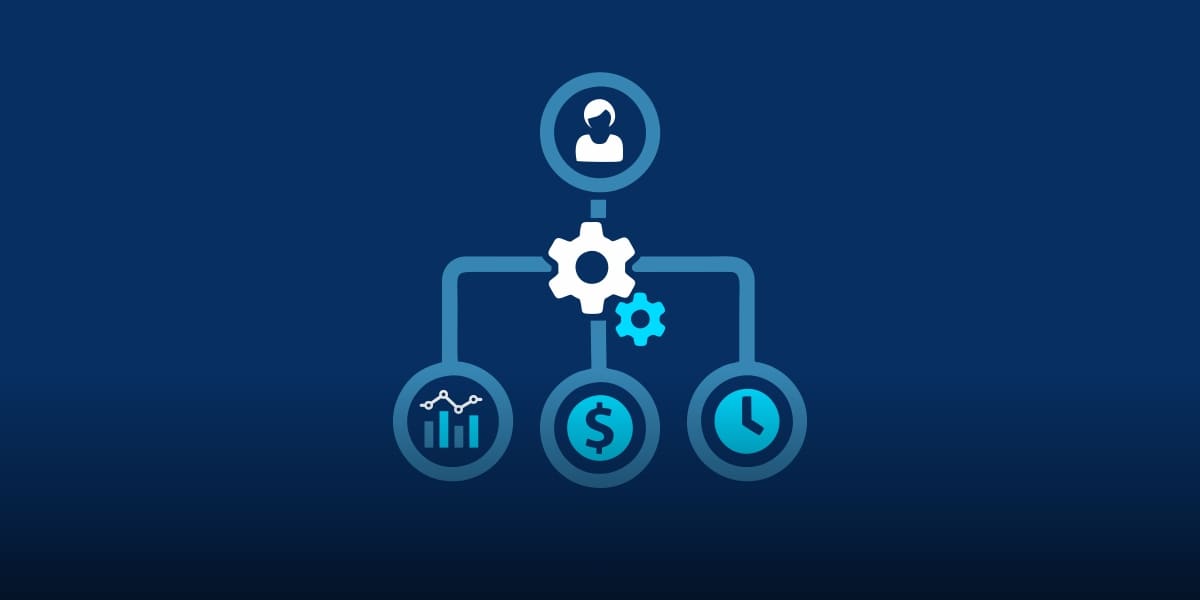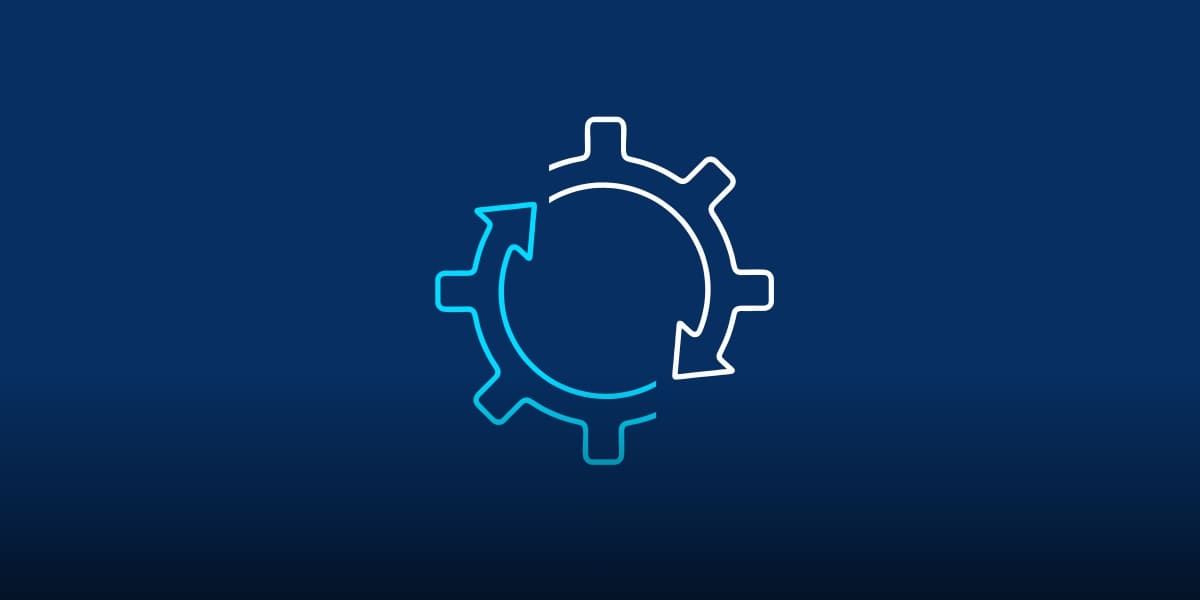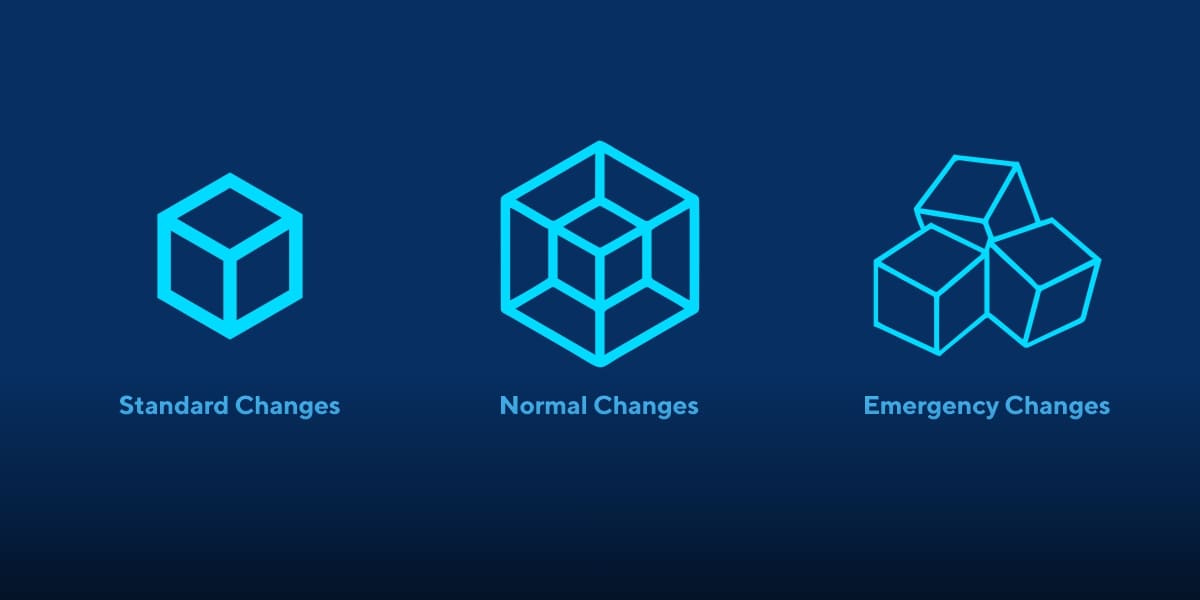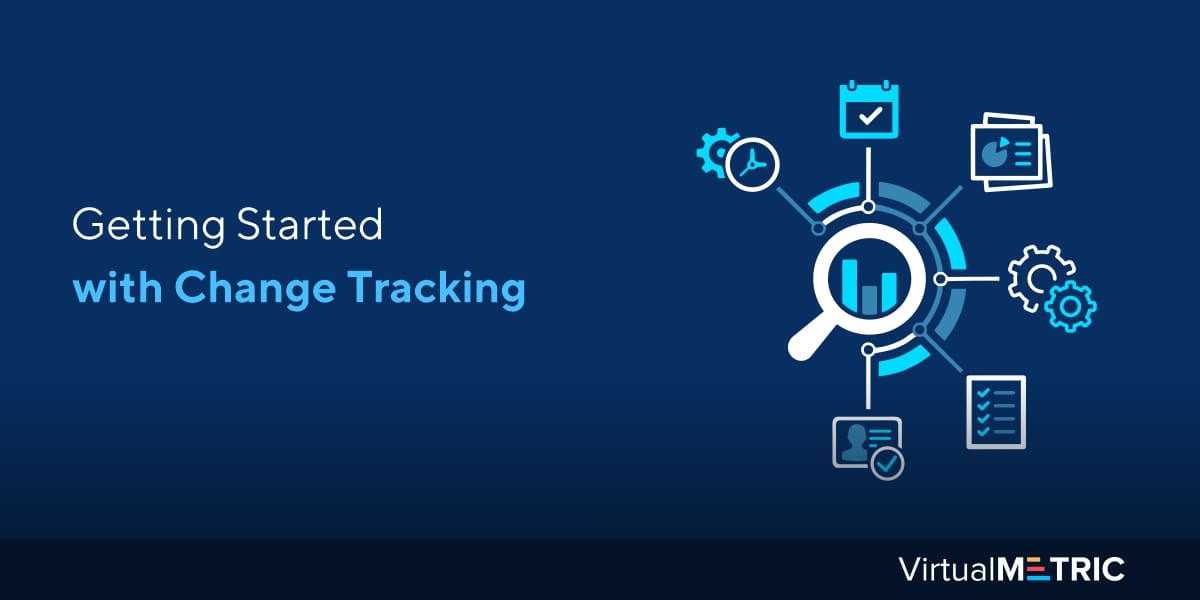Changes are both inevitable and necessary when you are running a business. As customer expectation and the market landscape keeps changing, you will have to take up the necessary measures to implement corresponding digital solutions and technology changes. But managing changes can be a tricky process.
Some changes can be as simple as changing the folder organization in your data. But if you have not tracked it properly, you will soon run into confusing folder hierarchies and problems in data sharing. Every change needs to be accounted for and implemented efficiently to have the minimal risk and the right contingency plans.
Here are some ways that will help you implement change tracking and IT change management efficiently.
What Is IT Change Management And Tracking?
Change management is a controlled process that helps you manage every change of all different types happening in your organization. It involves framing a proper plan that helps roll out changes with minimal disruptive impact on existing services, makes sure the changes are communicated across the organization properly, and ensures seamless implementation of the changes.
 A change could be an addition, modification, or removal of entities that will have some direct or indirect impact on the services and operations of the organization. The very first process involved with change management is change tracking. So, what is meant by change tracking?
A change could be an addition, modification, or removal of entities that will have some direct or indirect impact on the services and operations of the organization. The very first process involved with change management is change tracking. So, what is meant by change tracking?
Any change, even of the simplest scale-like replacing a printer or upgrading a monitor that is done to the organization’s infrastructure, must be tracked and accounted for to be able to carry out proper IT change management. A change is quite different from an incident or a problem you face.
Change is a reactive or proactive action that you implement to help solve a problem or fix the consequence of an incident. Hence why, while a change ticket may be connected to a problem ticket, it is not necessarily one and the same and requires proper tracking for itself.
 Here are some reasons you must have proper change management:
Here are some reasons you must have proper change management:
- It helps you take control of your changes and make sure no unauthorized change is allowed, and every change is accounted for.
- It allows you to implement changes systematically. By tracking the entire change process, you can minimize errors and make sure all the changes are properly approved, and produce the results required.
- Change management enables continuous improvement by helping to roll out changes smoothly. You can avoid collisions and rollout upgrades without jeopardizing the current operations.
- Change tracking allows for better change classification and reduces the rate of failures.
How To Implement Change Tracking
Change management is usually implemented with the help of a technology framework or the appropriate change management software. Change management tools allow you to streamline the various steps involved in implementing a change and helps you keep track of the progress and results. Changes can be of any scale and type.
Based on their impact and risk assessment, changes are usually classified as Standard Changes, Normal Changes, and Emergency Changes. You will have to classify the changes accordingly to help in better risk assessment and change planning. Change management also involves assigning the right roles and responsibilities.
 You can allocate roles based on who initiates a change request, who takes ownership of the change, the change manager, the CAB (change approval Board), change implementer, change reviewer, and change planner. Here, we will discuss all the steps involved in a change management process:
You can allocate roles based on who initiates a change request, who takes ownership of the change, the change manager, the CAB (change approval Board), change implementer, change reviewer, and change planner. Here, we will discuss all the steps involved in a change management process:
- Submission of a change request
A change ticket could be raised with the relevant details and reasons for the change.
- Planning
Impact analysis of the change is carried out, and the rollout plan and backout plan are devised based on the results of the analysis.
- Approval
The change implementation plan is sent to the right authorities for approval. Usually, the approval decisions are taken by the change advisory board (CAB), which could consist of the relevant stakeholders. Change control software solutions can automate this process and allow for faster change implementation.
- Implementation
Once approved, the change is implemented based on the rollout plan and will be executed. The change related tasks will be assigned to the relevant technicians, and for large scale change implementations, the existing project management task processes can be leveraged for a smooth transition.
- Review
Post-implementation, a review of the change will be held to ensure there were no deviations front the plan and that the change was correctly implemented.
- Closure
The last step involves closing the change ticket and marking it appropriately whether it was a success, failure, incomplete, or rejected.
 Tracking the change ticket right from the change request to its closure helps identify the areas that need improvement and can make it easy to establish metrics that will help measure the effectiveness of every change implemented and the organization’s overall growth and score with regards to continuous improvement.
Tracking the change ticket right from the change request to its closure helps identify the areas that need improvement and can make it easy to establish metrics that will help measure the effectiveness of every change implemented and the organization’s overall growth and score with regards to continuous improvement.
Change Tracking Metrics
Some common metrics that help change tracking include change management metrics like project KPI measurements, ROI, adherence to timeline, speed of change plan execution, communication effectiveness, and more. Some key optimal metrics you can track include:
- Percentage of successful changes implemented against the total number of change request raised
- The number of unauthorized changes. A low number of unauthorized changes denotes a better change management process.
- Number of change requests in backlogs.
- The average time to implement changes with respect to their priority levels.
- The number of incidents attributable to changes. A lower number indicates a well thought out change plan.
- Individual performance metrics like compliance and adherence parameters, employee readiness assessment results, issue and error logs, proficiency measures, employee engagement measures, utilisation reports and the like.
Best Change Management Tool
Automating the change tracking and overall change management process can have a significant impact on the way changes are implemented, saving you lots of time, money, and manual efforts involved. Change management is essential for the overall success of your organization as it tries to adapt to the growing market needs and evolving technological landscape.
You will need real-time smart change tracking IT solutions to digitize your change management process and actively track the progress and status of every change you make. VirtualMetric enables you with such precise real-time IT monitoring controls that you can leverage to make your change tracking more efficient and up to date.



Leave a Reply